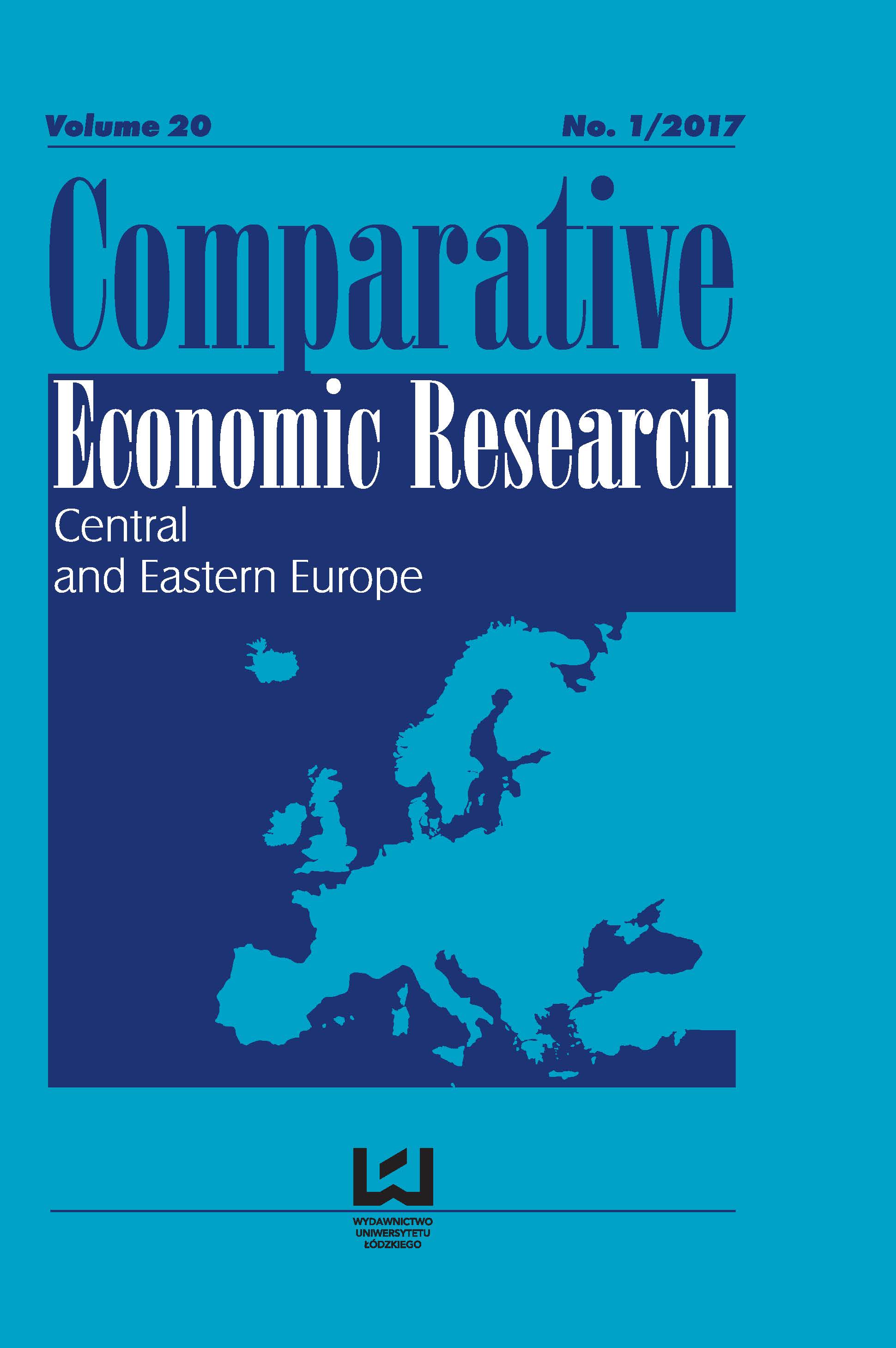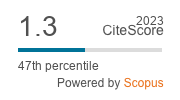Does A Progressive PIT Stabilize The Economy? A Comparison Of Progressive And Flat Taxes
DOI:
https://doi.org/10.1515/cer-2017-0002Keywords:
PIT, taxes, automatic stabilizers, fiscal policyAbstract
The aim of the article is to examine the impact of progressive personal income tax rates and the effectiveness of this tax as an automatic economic stabilizer. The assessment of automatic stabilizers is based on the estimates of tax cyclical components. The study shows that the output elasticity of PIT is higher than one, which means that the analysed tax acts relatively efficiently as an automatic stabilizer. However, it was also observed that the tax progressivity is not the main reason of the effectiveness of a progressive PIT as an automatic stabilizer. The study shows that changes in progressive rates of PIT, contrary to widespread opinions, have little effect on the effectiveness of passive fiscal policy. Personal income tax acts as automatic stabilizer mostly due not to the progressive tax rates, but because of the sensitivity of employment to GDP fluctuations.
Downloads
References
Barro R. (1974), Are Government Bonds Net Wealth?, ’Journal of Political Economy’, vol. 82(6).
Google Scholar
Baum A., G.B. Koester (2011), The impact of fiscal policy on economic activity over the business cycle – evidence form a threshold VAR analysis, Deutsche Bundesbank, Discussion Paper, no 03.
Google Scholar
Baxter M., R.G. King (1993), Fiscal Policy in General Equilibrium, ‘The American Economic Review’, vol. 83(3).
Google Scholar
Blanchard O., R. Perotti (2002), An Empirical Characterization of the Dynamic Effects of Changes in Government Spending and Taxes on Output, ‘The Quarterly Journal of Economics’ vol. 117(4).
Google Scholar
Buiter W.H. (1990), Principles of Budgetary and Financial Policy, The MIT Press, Cambridge.
Google Scholar
Cardia E. (1995), The effects of fiscal policies in a general equilibrium model with nominal wage contracts, ‘Economic Letters’, no. 49.
Google Scholar
Giorno C., P. Richardson, D. Roseveare, P. van den Noord (1995), Potential Output, Output Gap and Structural Budget Balances, OECD Economic Studies No 24.
Google Scholar
Hansen A. (1941), Fiscal Policy and Business Cycles, George Allen and Unwin Ltd, London.
Google Scholar
Hodrick R.J., E. Prescott (1980), Post-war U.S. Business Cycle: An Empirical Investigation, Working Paper, Carnegie-Mellon University.
Google Scholar
Józefiak C., P. Krajewski, M. Mackiewicz (2006), Deficyt budżetowy. Przyczyny i metody ograniczenia, PWE, Warszawa.
Google Scholar
Krajewski P. (2012), The Role of Automatic Stabilizers in Mitigating the Effects of the Crisis, ‘International Journal of Business and Management Studies’, vol. 1(2).
Google Scholar
McGrattan E.R. (1994), The Macroeconomic Effects of Distortionary Taxation, ‘Journal of Monetary Economics’, vol. 33.
Google Scholar
Momigliano S. (1999), Introduction, [in:] Indicators of structural budget balances, Banca D’Italia.
Google Scholar
Roger W., J. in’t Veld (1997), QUEST II:A Multi Country Business Cycle and Growth Model, European Commission Economic Papers, no 123.
Google Scholar
Romer Ch.D., D.H. Romer (2010), The Macroeconomic Effects of Tax Changes: Estimates Based on a New Measure of Fiscal Shocks, ‘American Economic Review’, vol. 100(3).
Google Scholar
Zubairy S. (2014), On Fiscal Multipliers: Estimates from a Medium Scale DSGE Model, ‘International Economic Review’, vol. 55(1).
Google Scholar
Downloads
Published
How to Cite
Issue
Section
License

This work is licensed under a Creative Commons Attribution-NonCommercial-NoDerivatives 4.0 International License.











